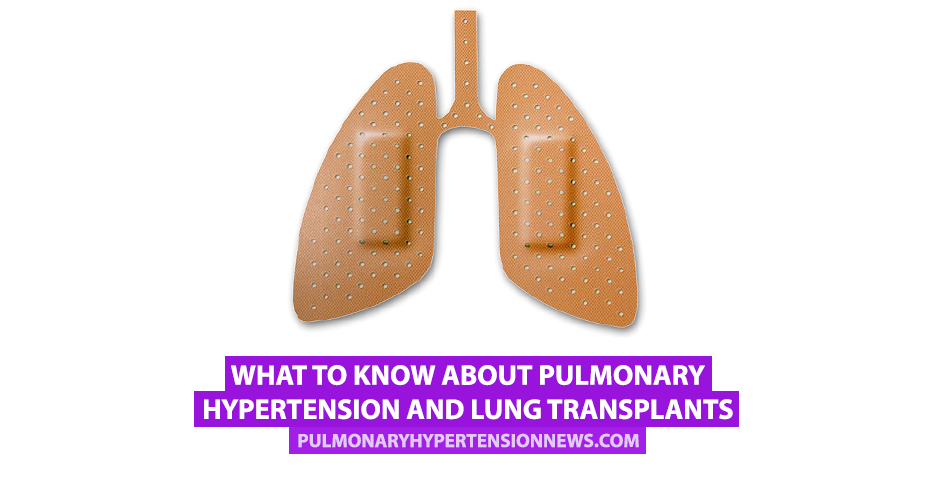What to Know About Pulmonary Hypertension and Lung Transplants

For pulmonary hypertension patients who are not responding to treatment and whose condition is getting progressively worse, a lung transplant or a heart and lung transplant may be an option. A successful transplant can significantly improve a PH patient’s quality of life and extend their life expectancy, however, transplant patients run the risk of rejection and will need to take anti-rejection medication for life.
MORE: PH patient with a hole in the heart has a lung and heart transplant.
According to the Pulmonary Hypertension Association, if transplantation is an option, patients will need to first find a hospital that specializes in lung transplants for pulmonary hypertension cases, then get on the transplant list.
Patients will be given a score that will determine their place on the transplant list. The score takes age, current health, post-transplant prognosis and lifestyle into account. Patients will then have to wait for lungs (or a heart) to become available which can take months or even years.
There are four different types of lung transplants: single lung, double lung, heart and lungs, and lobar transfers from living donors.
The procedure can take between five and nine hours, and patients will be expected to stay in the hospital for two to three weeks. Most patients will be able to get up out of bed and walk around after four or five days.
Post-surgery recovery consists of chest physiotherapy, regular exercise, monitored nutrition, and medication. The medication will include immunosuppressants to stop the immune system from rejecting the new organs. Patients may also be prescribed drugs to help with inflammation, hypertension, and GERD.
The antirejection medications will need to be taken for life and patients will need regular biopsies to ensure the body is not rejecting the lungs. Because the immune system has been suppressed by medication, transplant patients will also need to stay clear of people and situations which could make them ill.
MORE: PH patient waiting for a lung transplant shares her story.
Pulmonary Hypertension News is strictly a news and information website about the disease. It does not provide medical advice, diagnosis or treatment. This content is not intended to be a substitute for professional medical advice, diagnosis, or treatment. Always seek the advice of your physician or another qualified health provider with any questions you may have regarding a medical condition. Never disregard professional medical advice or delay in seeking it because of something you have read on this website.







